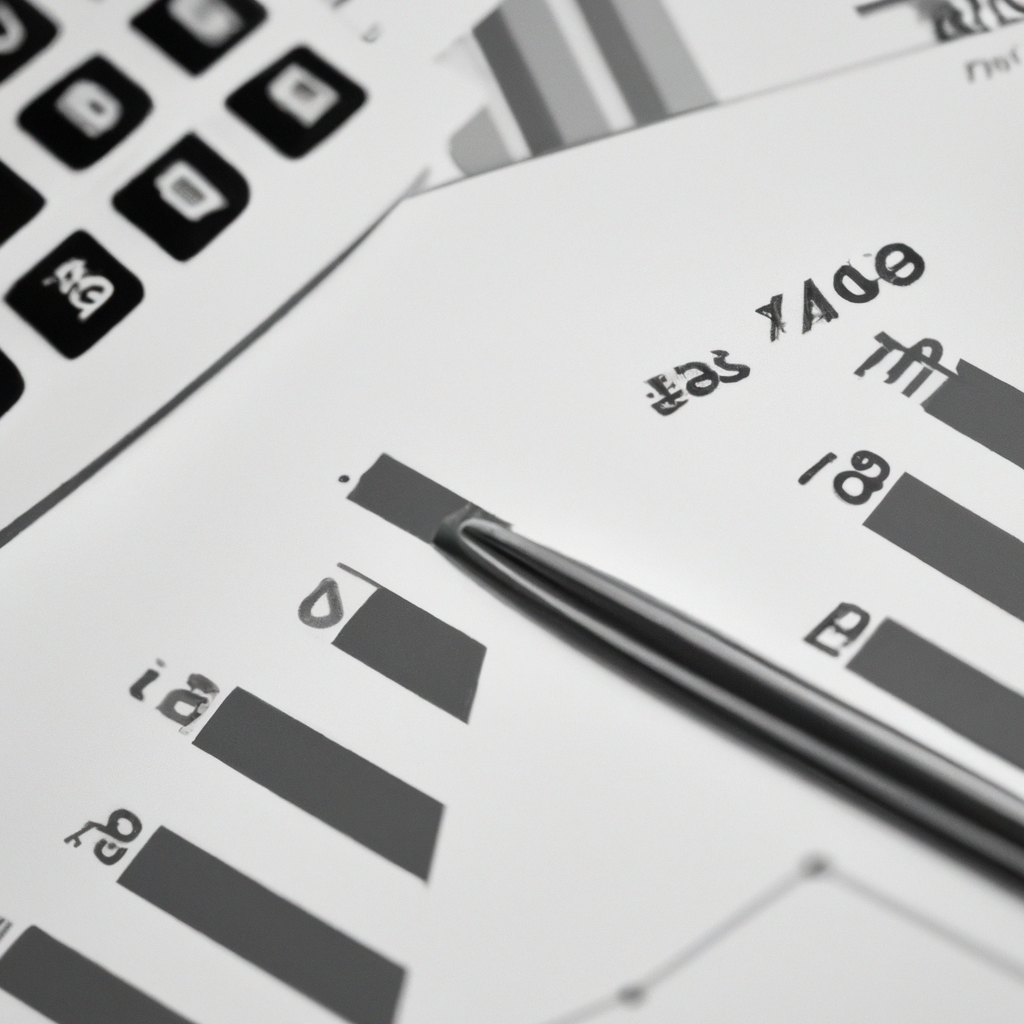Economic Indicators Reports
Introduction
Economic indicators reports are essential tools for analyzing and understanding the current state of the economy. These reports provide valuable data on various aspects of the economy, such as employment, inflation, GDP growth, and consumer spending. By examining these indicators, policymakers, investors, and businesses can make informed decisions about the direction of the economy and potential risks and opportunities.
Types of Economic Indicators
Leading Indicators
Leading indicators are economic variables that tend to change before the economy as a whole changes. These indicators are used to predict future trends in the economy and can provide valuable insights into potential shifts in economic activity.
Lagging Indicators
Lagging indicators are economic variables that change after the economy as a whole changes. These indicators confirm trends that have already occurred and are used to assess the overall health of the economy.
Coincident Indicators
Coincident indicators are economic variables that change at the same time as the economy as a whole changes. These indicators provide real-time information on the current state of the economy and can help policymakers gauge the effectiveness of their economic policies.
Common Economic Indicators
Unemployment Rate
The unemployment rate is a key indicator of the health of the labor market. A high unemployment rate can indicate a weak economy, while a low unemployment rate can indicate a strong economy.
Inflation Rate
The inflation rate measures the rate at which prices for goods and services are rising. High inflation can erode purchasing power and reduce consumer confidence, while low inflation can indicate stable economic conditions.
GDP Growth
Gross Domestic Product (GDP) growth measures the rate at which the economy is expanding. Positive GDP growth is a sign of economic health, while negative growth can indicate a recession.
Interpreting Economic Indicators Reports
When analyzing economic indicators reports, it is important to consider the context in which the data is presented. Factors such as historical trends, external events, and government policies can all influence the interpretation of economic indicators. It is also important to consider the reliability and accuracy of the data sources used to compile the reports.
Conclusion
Economic indicators reports are valuable tools for assessing the health of the economy and making informed decisions about economic policy, investments, and business strategies. By understanding the different types of economic indicators and how to interpret them, individuals and organizations can navigate the complexities of the economy with greater confidence and success.











